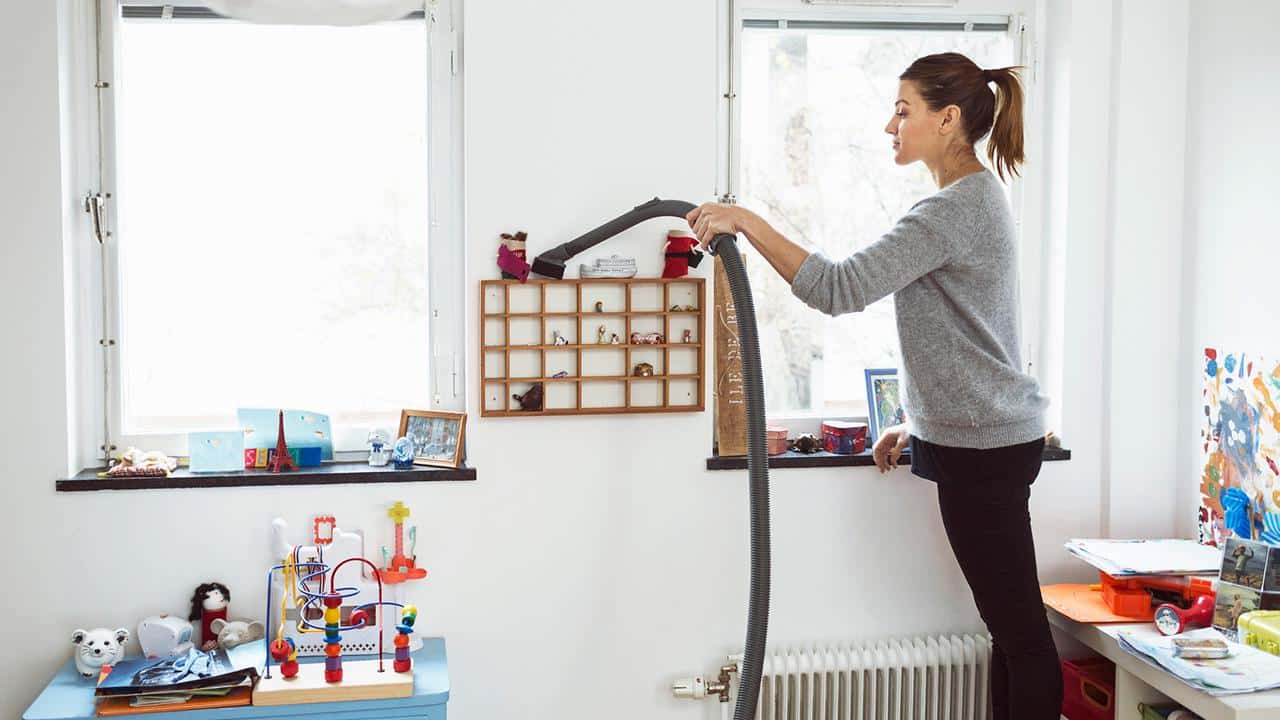Rinse & rePeat
Member
- Joined
- Mar 10, 2021
- Messages
- 21,516
One of the arguments for stopping the sale of DDT in the US was that it was threatening to cause extinction of various species of bird because it caused them to lay eggs with very weak shells. Several other synthetic estrogenic substances, ethynylestradiol, lindane, PCBs, cause eggshell thinning, partly by altering carbonic anhydrase activity (Holm, et al, 2006). Estrogen and serotonin activate carbonic anhydrase in some tissues, progesterone tends to inhibit it. DDE, a metabolite of DDT, reduces medullary bone formation in birds (Oestricher, et al., 1971) and bone mineral density in men (Glynn, et al., 2000). Among its estrogenic effects, DDE increases prolactin (Watson, et al., 2007); one form of DDT inhibits progesterone synthesis and increases estrogen (Wojtowics, et al., 2007)“ -Ray Peat








